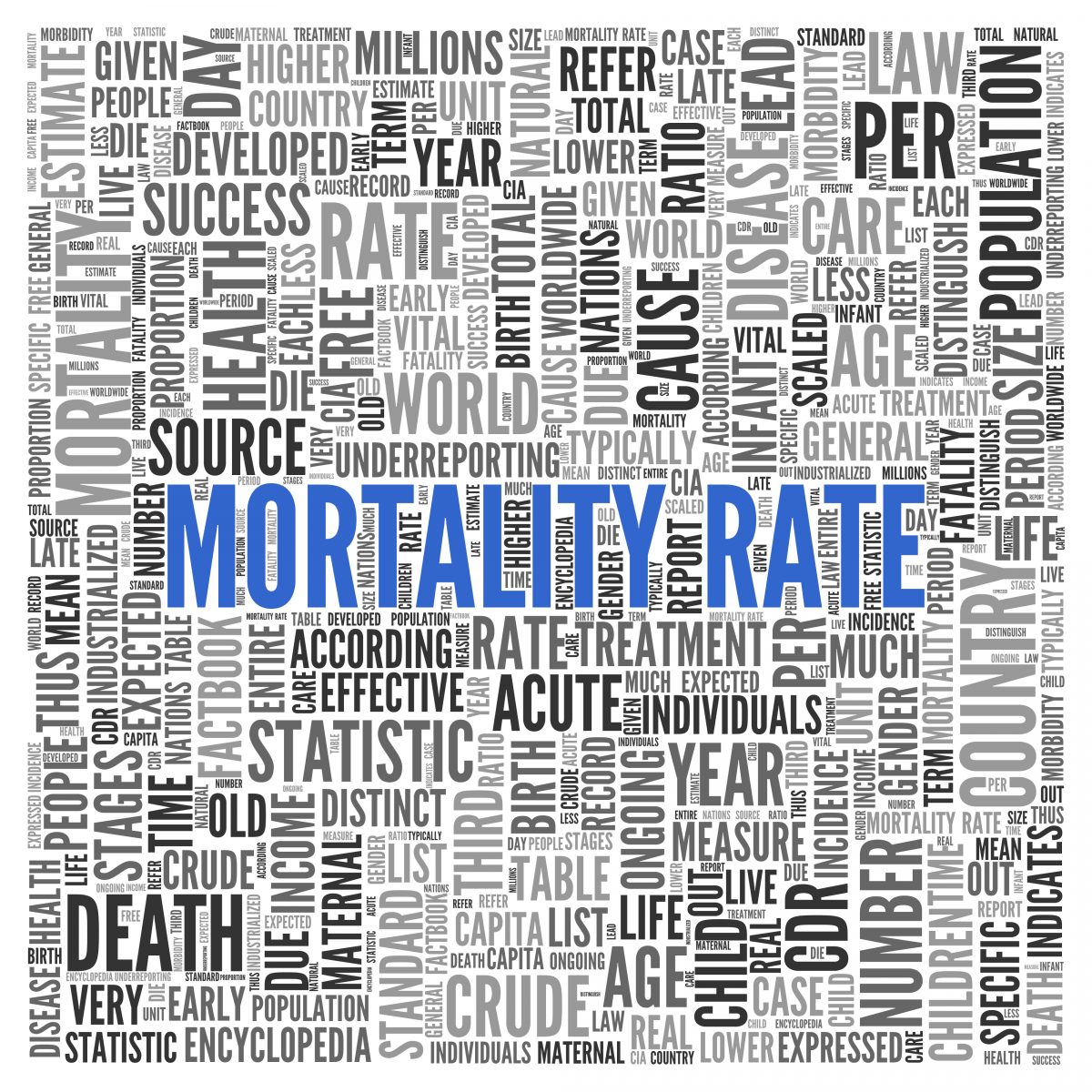Scleroderma Mortality Studies Underestimate Early Deaths, Research Shows

Many scleroderma patients die early in the course of the disease, and studies that measure mortality without taking that into consideration tend to underestimate death rates in the disease, according to a new report.
Researchers compared a group of patients in the early stages of scleroderma to a group with participants at various stages. They reported in “Early mortality in a multinational systemic sclerosis inception cohort” that the groups differed in causes of death, indicating that patients who die early more often do so of scleroderma-related problems.
With that data in hand, the researchers urged the scientific community to establish large, international, prospective studies that follow patients from the start to better understand mortality in scleroderma.
Published in the journal Arthritis & Rheumatology, the study included 1,070 patients who were followed from within four years of disease onset. Such a study group is known as an inception cohort. The second group included 3,218 patients who were at various disease stages. All patients were recruited at centers in Australia, Canada, and Spain.
In the inception cohort, 140 patients, or about 13%, died during a median follow-up time of three years. Patients in the group were four times as likely to die than a similar group of people in the general population. Women in the group had a life expectancy 22.4 years shorter than the general population. For men, it was 26 years shorter.
People with diffuse scleroderma were more likely to die than those with limited disease, with 24.2% of those patients dying within eight years.
In the second, larger group, patients were 3.4 times more likely to die compared to the general population. Only 9.3% of the patients with diffuse disease died at eight years.
In the inception group, 62.1% of the primary causes of death were related to scleroderma, with pulmonary arterial hypertension (PAH), interstitial lung disease, or a combination of the two being the most common causes of death.
In the larger group, only 55.5% died of scleroderma-related causes. More patients in the group died from heart-lung disease than in the inception group — 70.9% versus 55.2%.
The most common non-scleroderma causes were cancer, sepsis, cerebrovascular disease, and ischemic heart disease. Regardless of the main cause of death, scleroderma-related organ problems contributed to death in 50.1% of the patients.
Men, those with diffuse disease and PAH, as well as renal crisis, were predictors of poor survival odds.
Researchers at St. Vincent’s Hospital Melbourne in Australia performed the study and noted that several others reported that survival differed substantially in their estimates. Some of those studies lacked measures of disease duration, which introduced two types of errors in their death rate analyses:
Since early deaths often are missed, the studies do not account for all deaths. Second, analyzing a group consisting of people who have lived with the disease for a long time introduces what is known as “survivor bias,” because those people likely have less severe disease and better outcomes than those who died early on.
“Our results suggest that prevalent cohorts underestimate mortality in SSc (systemic sclerosus) by failing to capture early deaths, particularly in men and those with diffuse disease,” the team wrote. “Collectively, these findings provide a compelling rationale for establishing a large prospective multinational inception cohort of patients with SSc to more accurately quantify early mortality in this disease.”






